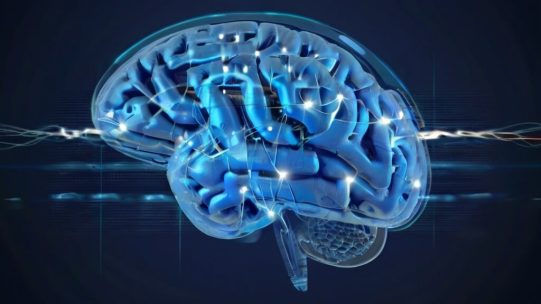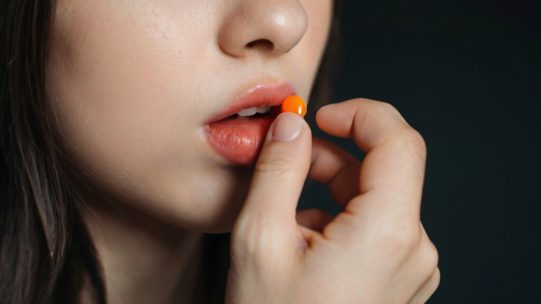Ketamine and Depression: Antidepressant Mechanisms Revealed

Clinician-scientists from Inserm, CNRS, the Sorbonne, AP-HP, and the Institut de Recherche en Brain de Paris have identified one mechanism that explains ketamine’s effect as an antidepressant. Ketamine, normally used as an anesthetic, was administered to patients with severe resistant depression.
The treatment increased patients’ ability to overcome negative beliefs about themselves and the world when researchers presented them with positive information. these results, published in JAMA Psychiatry, open new therapeutic avenues for the management of antidepressant-resistant mood disorders.
Depression is the most common psychiatric disorder, with an estimated 5-15% of French people experiencing a major depressive episode during their lifetime. All age groups and all social backgrounds are affected.
The illness is characterized by sadness and loss of pleasant emotions that are not ameliorated by positive events. Depressed patients develop negative thoughts about themselves, the world, and the future, which may develop into suicidal ideation. These negative beliefs remain even when the patient receives positive information.
About one-third of depressed patients do not respond to the most commonly prescribed antidepressants and are diagnosed with treatment-resistant depression (TRD). For these individuals, finding new and effective treatments is a priority.
Ketamine, a commonly used anesthetic, has been shown to affect resistant depression. While conventional antidepressant treatment takes time to take effect (an average of three weeks), ketamine has a rapid-acting antidepressant effect that occurs only hours after administration. The mechanisms associated with this rapid antidepressant effect are not yet known.
To elucidate these mechanisms, a research team led by Drs. Hugo Bottemanne and Philippe Fossati and Liane Schmidt (Inserm Research Fellow) at the Paris Brain Institute coordinated a clinical study of 26 antidepressant-resistant patients (TRD) and 30 healthy controls. The team coordinated a clinical study of 26 antidepressant-resistant patients (TRD) and 30 healthy controls.
In the protocol, patients and healthy controls were first asked to estimate the probability of 40 possible “negative” events in their lives (car accident, cancer, loss of wallet, etc.).
After being informed about the actual risk of occurrence in the general population, patients and healthy individuals were again asked to estimate the probability of these events occurring in their lives. The research team was interested in updating their beliefs after receiving the information. The results showed that healthy individuals tended to update their initial beliefs more after receiving positive, factual information, but this was not the case in the depressed patient population.
In this study, TRD patients were given ketamine in subanesthetic doses (0.5 mg/kg, 40 minutes) three times a week. Just 4 hours after the first dose, patients showed an increased ability to update their beliefs after receiving positive information. In addition, their sensitivity to negative information decreased and their ability to update their knowledge recovered to a level comparable to that of the control group.
Furthermore, improvement in depressive symptoms after ketamine administration was associated with these changes in belief updating, suggesting a link between clinical improvement and changes in this cognitive mechanism. In other words, the greater the patient’s ability to update beliefs, the greater the improvement in symptoms.
In conclusion, in this study, patients with antidepressant-resistant depression showed a significant decrease in symptoms and became more accepting of “positive” experiences after one week of ketamine treatment.
This study reveals for the first time the cognitive mechanisms potentially involved in the initial effects of ketamine. This paves the way for new research on antidepressant therapies that modulate mechanisms of belief renewal.










Comment